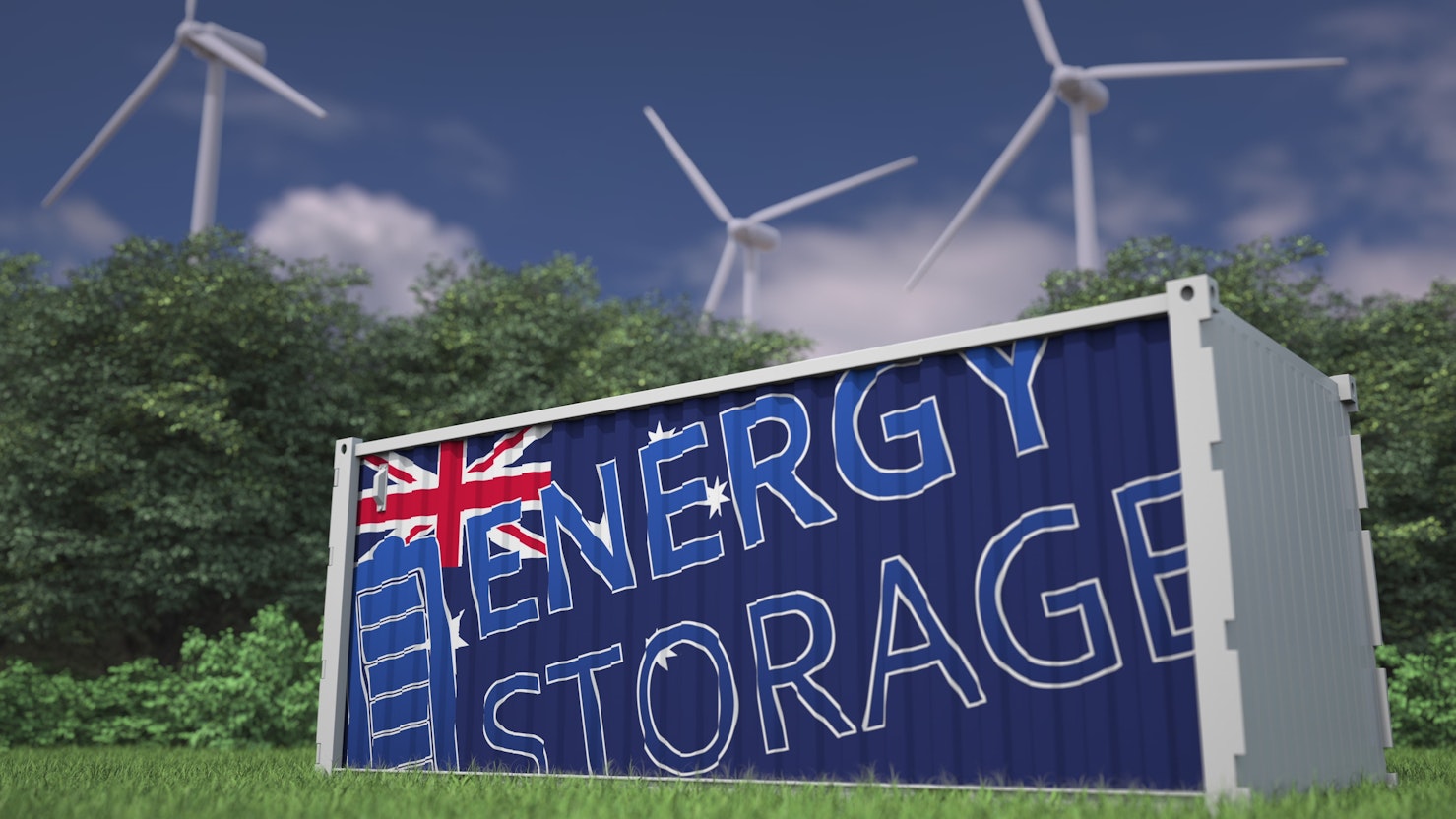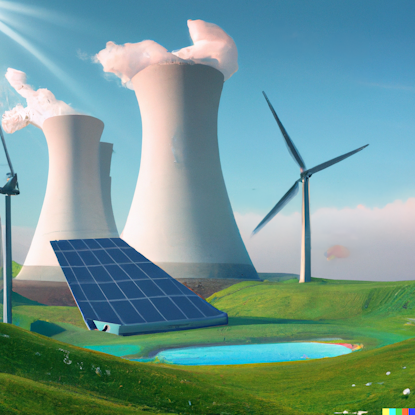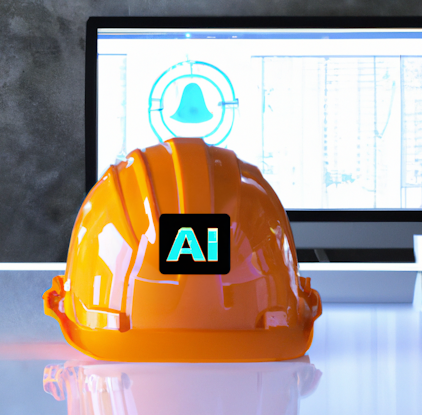


IS AUSTRALIA READY FOR 7.5TWh OF BATTERY STORAGE
23 Mar 2023
Jonathan Carroll
Director & Engineering Manager
Australian Energy Market Operator (AEMO) BloombergNEF International Energy Agency (IEA)
RENEWABLE ENERGY AND BATTERY STORAGE IN AUSTRALIA
Introduction
Transitioning to a fully renewable energy system is a complex and ambitious goal that requires significant planning, investment, and innovation. One of the key challenges in achieving this goal is managing the intermittency of renewable energy sources. To provide a consistent and reliable supply of energy, we need to store excess energy generated during peak production periods to be used when production is low. In this blog post, we will explore how much battery storage is required to support a fully renewable energy system in Australia, the estimated cost of this storage, and how long it would take to manufacture and install the required batteries.
How much battery storage is needed?
To estimate how much battery storage is needed to support a fully renewable energy system, we need to consider the total energy consumption of Australia and the amount of energy that can be generated from renewable sources such as wind and solar. According to the Australian Energy Market Operator (AEMO), the average daily energy consumption in Australia is around 500 GWh. To generate this amount of energy from renewable sources, we would need to install approximately 150 GW of wind and solar capacity.
The challenge with wind and solar is that they are intermittent sources of energy, meaning they are not always available. To provide a consistent and reliable supply of energy, we need to store excess energy generated during peak production periods to be used when production is low. Based on the data from AEMO, we estimate that we would need approximately 7.5 TWh of battery storage to provide backup power for three days.
How much would it cost?
The cost of battery storage has been decreasing over the years, making it a more viable option for supporting a fully renewable energy system. According to a report by BloombergNEF, the cost of lithium-ion batteries has decreased by 97% since 2010, and it is expected to continue to decline in the coming years.
Assuming a cost of $200 per kWh of storage capacity, the cost of 7.5 TWh of battery storage would be approximately $1.5 trillion. It is important to note that this estimate only includes the cost of battery storage and does not include other costs such as upgrading the grid infrastructure and installing additional renewable energy sources.
How long would it take?
Manufacturing and installing the amount of battery storage required to support a fully renewable energy system would be a massive undertaking and would take several years. According to BloombergNEF, global battery manufacturing capacity is expected to increase from 295 GWh in 2019 to 1,911 GWh in 2030, which should support the increased demand for battery storage.
Assuming a battery production rate of 100 GWh per year, it would take approximately 75 years to manufacture and install the required 7.5 TWh of battery storage. However, it is important to note that technological advances, government incentives, and private investment could accelerate the adoption of battery storage, reducing the timeline required.
Conclusion
Transitioning to a fully renewable energy system is a complex and multifaceted challenge. While estimating the cost of battery storage is a useful starting point, it is important to consider the many other factors that must be addressed to achieve a fully renewable energy system. Upgrading the grid infrastructure and installing additional renewable energy sources will also require significant investment and planning. However, as the cost of renewable energy continues to decrease, and battery storage becomes more efficient and cost-effective, transitioning to a fully renewable energy system becomes increasingly feasible and desirable.


